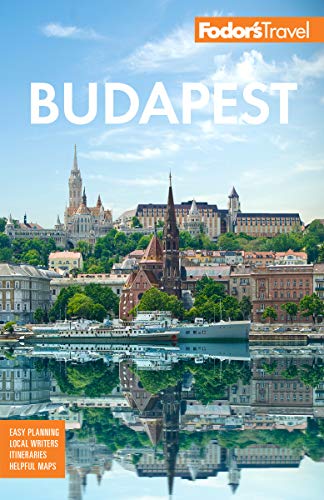More than 2½ km (1½ miles) long and covering nearly 200 acres, this island was first mentioned almost 2,000 years ago as the summer residence of the commander of the Roman garrison at nearby Aquincum. Later known as the Island of Rabbits (Insula Leporum), it was a royal hunting ground during the Árpád dynasty. King Imre, who reigned from 1196 to 1204, held court here, and several convents and monasteries were built here during the Middle Ages. (During a walk round the island, you'll see the ruins of a few of these buildings.) Its current name is taken from St. Margaret (1242–71), the pious daughter of King Béla IV, who at the ripe old age of 10 retired to a Dominican nunnery situated here from the 13th to the 16th centuries. Today, it's an island park that's ideal for strolling, jogging (there's a top-notch running track), sunbathing, or just loafing. The outdoor pool complex of the Palatinus Strand, built in 1921, can attract tens of thousands of people on a summer day. Nearby are a tennis stadium, a youth athletic center, boathouses, sports grounds, and, most impressive of all, the Nemzeti Sportuszoda (National Sports Swimming Pool), designed by the architect Alfred Hajós (while still in his teens, Hajós won two gold medals in swimming at the first modern Olympic Games, held in Athens in 1896). The island's natural curative hot springs have given rise to the Danubius Grand and Danubius Health Spa Resort spa hotels on the northern end of the island. Waters from here are also piped into two spa hotels on the mainland, the Aquincum on the Buda bank and the Danubius Hélia on the Pest side. On weekdays you'll share the island only with joggers and children playing hooky from school. To experience Margaret Island's role in Budapest life fully, go on a Saturday or, even better, a Sunday afternoon to join and/or watch people whiling away the day. Through the center of the island runs the M?vész sétány (Artists' Promenade), lined with busts of Hungarian visual artists, writers, and musicians. Shaded by giant plane trees, it's a perfect place to stroll. The promenade passes close to the rose garden (in the center of the island), a large grassy lawn surrounded by blooming flower beds planted with hundreds of kinds of flowers. It's a great spot to picnic or to watch a game of soccer. Just east of the rose garden is a small, free game farm, the Margit-sziget Vadaspark. A fenced-in compound houses a menagerie of goats, storks, rabbits, deer, ducks, a bunch of sad-looking falcons in a tiny cage, and other assorted birds, including gargantuan peacocks that seem to have the run of the place, getting in your way on the paths. At the northern end of the island is a copy of the water-powered Marosvásárhelyi zenél? kút (Marosvásárhely Musical Fountain), which plays songs and chimes. The original was designed more than 150 years ago by a Transylvanian named Péter Bodor. It stands near a serene, artificial rock garden with Japanese dwarf trees and lily ponds. The stream coursing through it never freezes, for it comes from a natural hot spring, causing it instead to give off thick steam in winter that enshrouds the garden in a mystical cloud.
Vehicular traffic is barred here (except for buses and taxis), so it's pedestrian-friendly and a welcome relief from the city's bustle.




